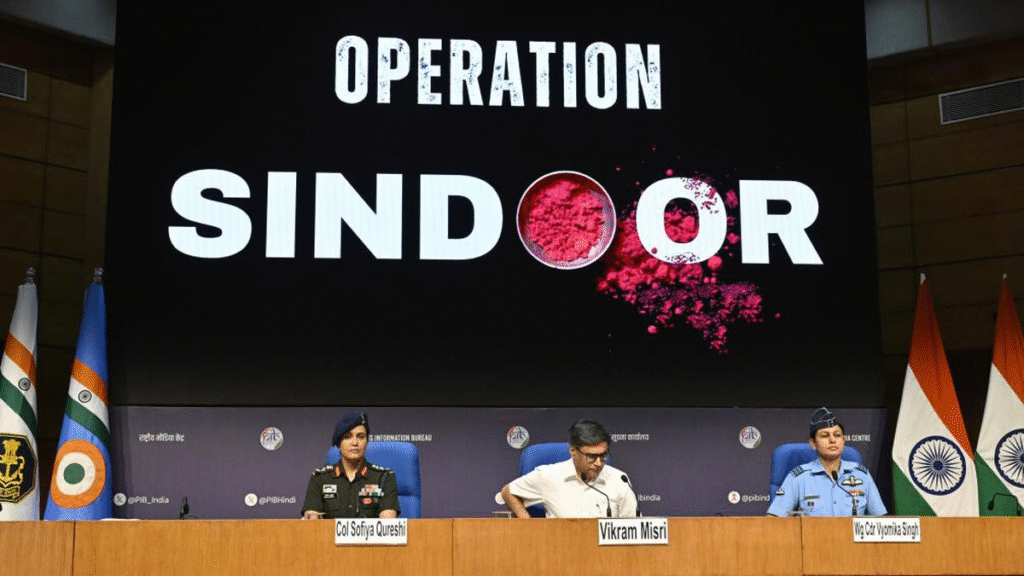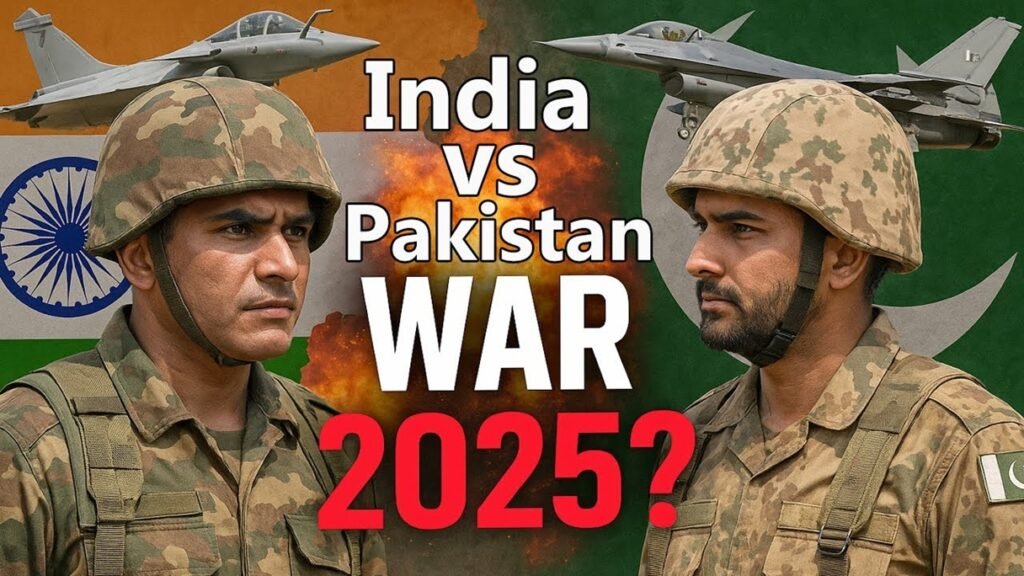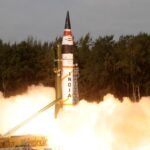The year 2025 has witnessed a dramatic escalation in tensions between two of South Asia’s most volatile neighbors—India and Pakistan. These nuclear-armed nations, with a long and bitter history of territorial disputes, political hostilities, and military standoffs, now face the grim reality of open warfare. While both countries have engaged in conflicts in the past, a full-scale war in the modern era presents unprecedented challenges and dangers, especially given their advanced military technologies India vs Pakistan War 2025: and evolving geopolitical alliances.
This article provides a comprehensive analysis of the India vs Pakistan War in 2025, exploring the origins of the conflict, comparing military capabilities, India vs Pakistan War 2025: and evaluating possible scenarios and outcomes that may shape the region—and the world.

1. The Road to War: What Triggered the Conflict?
While tensions between India and Pakistan have always been high—particularly over the disputed region of Jammu and Kashmir—the situation in 2025 escalated rapidly due India vs Pakistan War 2025: to several triggering events:
- Terrorist Attack in India (March 2025): A major attack on an Indian military installation in Jammu & Kashmir, allegedly orchestrated by Pakistan-based militants, reignited nationalist fervor and political pressure within India to retaliate.
- Ceasefire Violations: Continued cross-border shelling and infiltration attempts along the Line of Control (LoC) further aggravated the situation.
- Diplomatic Breakdown: Peace talks collapsed following mutual accusations of sabotage and espionage.
- Cyber Warfare & Propaganda: Both sides engaged in aggressive digital campaigns, including hacking, misinformation, and online radicalization efforts.
As political will gave way to military action, limited skirmishes spiraled into a broader conflict by mid-2025.
2. Military Strength: India vs Pakistan Comparison
India’s Military Capabilities (2025)
- Active Personnel: ~1.45 million
- Defense Budget: Over $80 billion
- Nuclear Warheads: Estimated 160–170
- Main Battle Tanks: 4,200+
- Fighter Aircraft: Over 600 (including Rafale, Su-30MKI, Tejas)
- Ballistic & Cruise Missiles: Agni series, BrahMos, Prithvi, Nirbhay
- Air Defense Systems: S-400 Triumf, Akash, Barak-8
- Naval Power: 1 aircraft carrier, 10 destroyers, nuclear submarines
Pakistan’s Military Capabilities (2025)
- Active Personnel: ~650,000
- Defense Budget: ~$12 billion
- Nuclear Warheads: Estimated 160–165
- Main Battle Tanks: 2,400+
- Fighter Aircraft: ~450 (F-16, JF-17, Mirage)
- Ballistic Missiles: Shaheen series, Ghauri, Babur cruise missiles
- Air Defense: HQ-16 (Chinese system), LY-80
- Naval Power: Smaller fleet, diesel-electric submarines, no aircraft carrier
Key Military Strength Differences:
- India has a clear advantage in terms of conventional military strength, technology, and strategic depth.
- Pakistan relies heavily on asymmetric warfare, first-strike nuclear doctrine, and militant proxy networks.
3. The Role of Nuclear Deterrence in 2025
Both India and Pakistan are nuclear-armed, but their doctrines differ significantly:
- India maintains a No First Use (NFU) policy, which means it will not initiate a nuclear strike.
- Pakistan, however, has a more ambiguous nuclear posture, leaving open the possibility of using nuclear weapons early in a conventional conflict to compensate for its conventional inferiority.
In 2025, the fear of nuclear escalation looms larger than ever. Despite modernization and missile defense systems like India’s S-400 and Pakistan’s HQ-16, both countries remain vulnerable to catastrophic damage if deterrence fails.
4. Key Battlefronts: Where Is the Fighting Happening?
Jammu & Kashmir
The primary and most intense zone of combat. India launched surgical strikes and air raids across the LoC, targeting militant camps and Pakistani military positions. India vs Pakistan War 2025: Pakistan responded with heavy artillery, drone attacks, and air skirmishes.
Punjab Border
Traditional tank battles and mechanized infantry engagements erupted in the plains of Punjab, a historic battleground in past wars.
Rajasthan-Sindh Front
Desert warfare with both sides utilizing long-range artillery, surveillance drones, and special forces infiltration.
Maritime Engagements
India’s navy enforced a blockade on Pakistan’s ports in Karachi and Gwadar, while Pakistan deployed submarines to target Indian warships.
Cyber Frontline
A largely invisible but critical front. Banking systems, communication networks, India vs Pakistan War 2025: and military command structures on both sides were targeted in sophisticated cyber-attacks.
5. International Response and Geopolitical Impact
The India-Pakistan War of 2025 has drawn global attention:
- China expressed concern and subtly supported Pakistan through intelligence sharing and diplomatic backing, but stopped short of direct military involvement.
- United States called for restraint and offered mediation, while selling advanced arms to India.
- Russia maintained neutrality but continued defense cooperation with India.
- United Nations convened emergency sessions, demanding immediate ceasefire and humanitarian access.
Global markets reacted sharply, with oil prices spiking, supply chains disrupted, and investor confidence shaken.

6. Technological Edge: New Weapons and Strategies in 2025
India
- Deployed the BrahMos and Nirbhay cruise missiles for precision strikes.
- Used Rafale fighters with SCALP missiles to destroy enemy bunkers.
- Integrated AI-powered surveillance drones and satellite systems for battlefield awareness.
- Utilized S-400 to neutralize incoming aerial threats.
Pakistan
- Leveraged JF-17 Block III with Chinese support for quick-response air attacks.
- Used Babur cruise missiles for strikes against forward Indian positions.
- Employed armed drones and cyberwarfare tools to disrupt Indian communication lines.
7. Civilian Impact and Humanitarian Crisis
As with all wars, civilians bore the brunt of the conflict:
- Thousands displaced in border regions of Jammu & Kashmir, Punjab, and Sindh.
- Internet blackouts and curfews enforced across large areas.
- Cross-border refugee movements intensified.
- Hospitals overwhelmed and aid agencies struggled to operate in conflict zones.
International humanitarian organizations called for immediate ceasefire and access to provide relief.
8. Possible Outcomes and Scenarios
Scenario 1: Diplomatic Ceasefire
- Under international pressure, both nations agree to stop hostilities after a few weeks of intense fighting.
- A return to pre-war positions with a renewed push for long-term peace.
Scenario 2: Limited Victory for India
- India captures some strategic heights or territory but avoids further escalation.
- Pakistan seeks international arbitration, claiming disproportionate use of force.
Scenario 3: Prolonged Conflict
- Continued skirmishes and battles over weeks or months lead to a war of attrition.
- Both sides suffer significant economic and human losses.
Scenario 4: Nuclear Miscalculation
- A false alarm, miscommunication, or tactical escalation leads to the use of nuclear weapons.
- Devastation on both sides and a global crisis unlike anything since World War II.
9. Lessons and Reflections
The India vs Pakistan War in 2025 is a stark reminder of the fragility of peace in regions marred by historic hatred and unresolved disputes. Despite military superiority or diplomatic rhetoric, India vs Pakistan War 2025: the cost of war—in human lives, economic damage, India vs Pakistan War 2025: and regional stability—is catastrophic.
As the world watches closely, the hope remains that diplomacy, not destruction, will guide the future of South Asia. The war of 2025 may end, but the real challenge lies in building a sustainable peace that prevents the next one.
Conclusion
The India-Pakistan conflict of 2025 may be driven by a mix of politics, nationalism, and historic grievances, but its resolution will require courage, cooperation, and a commitment to long-term peace. While India has the upper hand militarily, both nations have much to lose—India vs Pakistan War 2025: and very little to gain—from continued warfare.
In a world where wars are no longer just fought with bullets, but with data, propaganda, and missiles, India vs Pakistan War 2025: the India vs Pakistan War 2025 could become a turning point—or a tragic lesson—for generations to come.
Read more https://magazinesnove.com/missiles-india-could-use-against-pakistan/


